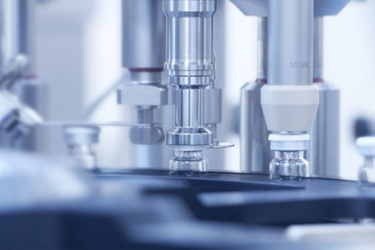Maximizing Yield And Minimizing Risk In Aseptic Filling

As the demand for new biologics continues to grow, the pressure to ensure the quality and safety of drugs, particularly during fill finish steps, is at an all-time high.1 Given that aseptic filling is one of the most critical processes in biopharmaceutical manufacturing, it has a potential safety impact on the end user. If patients receive drugs that are compromised, the consequences could not only be costly, but fatal.1
Reducing Risk in Aseptic Filling Processes
To reduce risk of contamination during aseptic filling, companies must have stringent Quality Assurance and Quality Control (QA/QC) processes in place to protect their manufacturing steps from such contamination, whether microbial or operator introduced. It is important to also identify high-risk areas and materials. From raw material handling to appropriate gowning – there are many factors that must be reviewed and considered. While there are validated cleaning procedures in place, there is always room for improvement for higher quality and sterility assurance.2
Get unlimited access to:
Enter your credentials below to log in. Not yet a member of Outsourced Pharma? Subscribe today.
